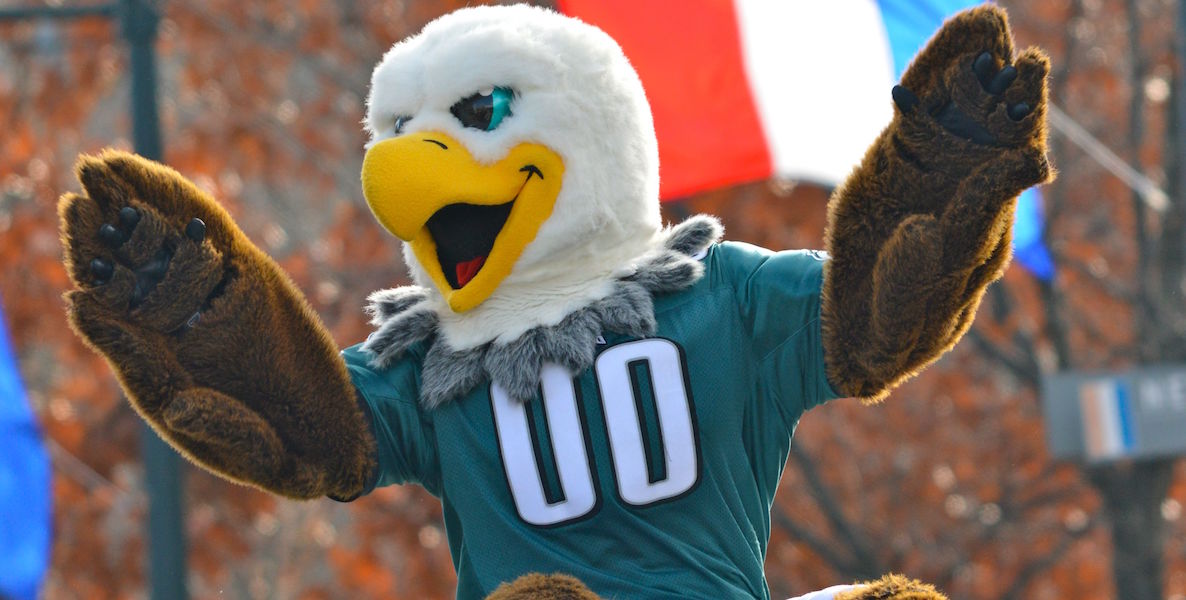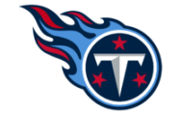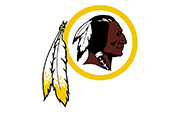Following in the tradition of Connor Barwin and Malcolm Jenkins, former All-Pro wide receiver and current Eagles broadcaster Mike Quick is writing weekly for The Citizen this season, analyzing what the Birds will have to do each week on the field to emerge victorious. We’ve paired Quick with Professor Richardson Dilworth, Director of Drexel University’s Center for Public Policy, who will analyze how Philly stacks up off-the-field against the city we play each week. Dilworth, who knows nothing about football, is arguably Quick’s most unlikely teammate ever.
Mike Quick’s On-Field Scouting Report: This is a rematch of last year’s NFC Championship game, which of course the Eagles won. I’m sure that some people will see this as a revenge factor type of game, with the Vikings coming in to get revenge because of that big loss back in January. And the Vikings’ offensive coach was the Eagles quarterback coach for the last several years, so he intimately knows the quarterbacks for the Eagles. That adds another layer to the game.
The key thing for the Eagles is getting back to basics, to the fundamentals of football: Blocking and tackling. Sometimes, you start to get too much into the x’s and o’s and strategies. If you don’t block or tackle well—and they didn’t last week in that tough loss against the Titans—you end up having a bad day. Against Minnesota, they’re going to have to tackle well. And they’re going to need to block much better for quarterback Carson Wentz. They need to be communicating, making sure everybody’s on task with their roles.
Because the Vikings are so skilled, their offense is loaded. They’ve got really talented people at running back, tight end, wide receiver. The Eagles cannot allow quarterback Kirk Cousins any time to throw the football. If he has time to throw, if the Eagles’ defensive line isn’t putting pressure on him, it’ll be a long day. They’ve got guys that are going to get open. The key is the defensive line of the Eagles beating up the offensive line of the Vikings, so he can’t locate the targets.
If they do all that, they’re going to win the game!
Prof. Richardson Dilworth’s Off-Field Scouting Report: So far, every city Philadelphia has played this season has been less populous, but geographically larger and thus less dense. This in part is just simply the random nature of which city has a football team, but it is also a reminder about how unique Philadelphia is. (It’s also a reminder that we haven’t yet played New York or Chicago.)

As for Minneapolis (where the Minnesota Vikings play), it looks more like Philadelphia than the other places we’ve so far played. Unlike Indianapolis, Nashville-Davidson—or Philadelphia—Minneapolis never consolidated with its larger county (Hennepin), leaving it at a tiny 54 square miles. (It’s worth noting, however, that Minneapolis and surrounding cities have a pretty unique and innovative Metro Council that takes on a lot of government functions and which is arguably cooler than a simple consolidation). And Minneapolis’s tinier geographic size gives it a relatively high density (approx. 7,000 per square mile), and also gives it an advantage in scoring higher on the biking to work and park space scores.
The crime data here is pretty interesting. According to a few news stories I found, Minneapolis’s crime rate has actually declined but is still higher than in Philadelphia. Of course crime rates are hard to explain as they depend on so many different factors. One thing, however: Philly hasn’t had the kind of high-profile police shooting like Minneapolis had with the shooting of Thurman Blevins. Not that Philly is doing all that great in that respect, either: The Philadelphia police have this year killed two people while Minneapolis police have only killed one person. Adjusting for population, I guess Philadelphia sort of looks better in this regard than Minneapolis. But scoring cities on the basis of police shootings does feel like a pretty grim exercise.
And finally, on electoral turnout: Minneapolis is known for its high rates of civic participation—it also beats us in volunteerism—including high voter turnout. In part, this is because of that state’s more open voter regulations—like same day voter registration. But the other obvious explanation is Trump. In 2013 Minneapolis voters elected Betsy Hodges mayor. Hodges was arguably part of the small wave of “progressive” mayors elected in 2013, which included as well De Blasio in NYC and Ed Murray in Seattle. Kenney also appears to have caught this same wave two years later in 2015. But then Trump was elected and voters clearly wanted MORE progressive candidates. So in 2017 Hodges faced several challengers who campaigned to her left and ultimately lost to Jacob Frey, who was one of the candidates running on a more left liberal platform.
Given the general voter activism after Trump, and the desire in the coolest cities for more progressive candidates, I think this explains the higher turnout in Minneapolis versus Mayor Kenney’s pre-Trump election in 2015. The parallel election in Philly to the last Minneapolis mayoral election is actually I think our 2017 DA race which was high turnout for a non-mayoral election—the turnout in the Democratic primary for DA in 2017 was almost three times higher than that in 2013—and which elected an ultra-progressive.
As for mayor, of the people who have slightly hinted that they would challenge Kenney in 2019 (like former City Controller Alan Butkovitz), who would arguably campaign to the left of Kenney are Councilwomen Cindy Bass and Helen Gym—and I seriously doubt they will run, considering this is a city that re-elected a Mayor who bombed his own people. So, I bet Minneapolis will beat us for turnout in the next mayoral election cycle as well.

PhiladelphiaEagles |

MinnesotaVikings |
|
# of B Corporations
25 |
# of B Corporations
11 |
|
% Population with a BA
27.4 |
% Population with a BA
48.3 |
|
% Volunteers
26.5 |
% Volunteers
37.1 |
|
Violent crime per 1,000 people
9.9 |
Violent crime per 1,000 people
11.2 |
|
Diversity Rating
69.7 |
Diversity Rating
66 |
|
% Bike to work
2.2 |
% Bike to work
3.7 |
|
% Acres of park space
13.1 |
% Acres of park space
14.9 |
|
Public transportation score
67 |
Public transportation score
58 |
|
% Voters in last Mayoral election
24 |
% Voters in last Mayoral election
42 |


















 Vikings
Vikings  Rams
Rams  Texans
Texans